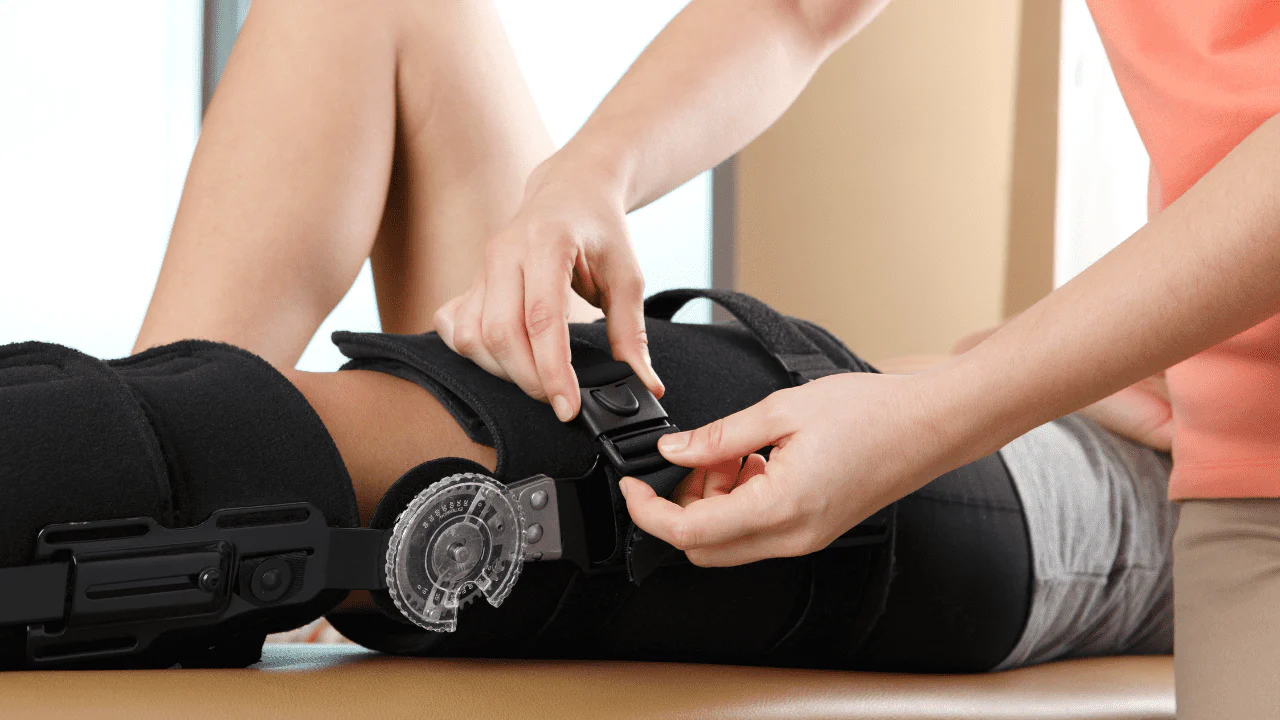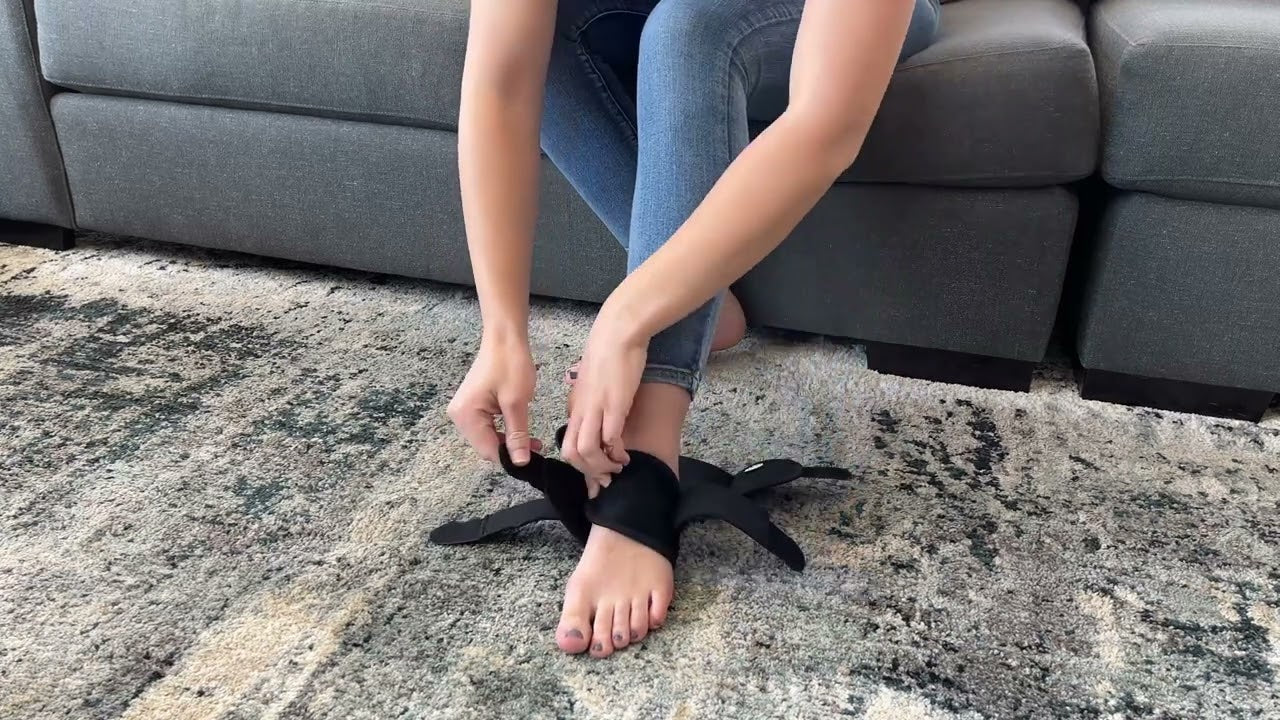Orthopedic braces serve as medical devices which maintain joints along with pain reduction and stabilization of injuries and promotion of movement. Orthopedic braces typically connect to athletes and patients after surgery yet provide advantages to different kinds of individuals facing different health situations. Using a brace during recovery and healthcare sessions can dramatically enhance your outcomes. The exact timing for considering orthopedic brace usage requires examination.
1. After an Injury
The most widespread orthopedic brace application happens when someone experiences a sprain or strain or tear of a ligament or bone fracture. With the help of braces patients can achieve controlled immobilization of affected areas to reduce movement while maintaining proper joint positions for proper healing processes. Joint stabilization happens through wrist brace usage following a fall and ligament injuries benefit from knee brace support.
2. Post-Surgical Recovery
Doctors prefer to give orthopedic braces to their patients as part of their post-surgical recovery plan. Orthopedic braces guard surgical wounds as they simultaneously control patient mobility before their healing tissues demonstrate sufficient strength and maintain correct positions in space. People needing knee support after ACL reconstruction surgery usually receive customized braces to protect their knee from further injuries.
3. Chronic Joint Conditions
Patients who have arthritis or tendonitis or carpal tunnel syndrome use braces for reducing their pain while also minimizing inflammation. Brace utilization helps spread pressure away from inflamed joints while simultaneously providing stabilization to weak muscles in order to promote enhanced joint mobility. Traumatized patients receive braces which evolve from recovery tools to essential components for managing their chronic pain routines.
4. During Physical Activity or Sports
Active people together with athletes frequently use orthopedic braces before engaging in physical activities or sporting events. People who experienced previous joint injuries and weak ligaments should use braces for protection against additional injuries during active sports activities. The sport of volleyball and basketball frequently uses ankle braces to avoid sprains happening to players.
5. Occupational Use
People working jobs that require repetitive movements combined with heavy lifting along with extended periods standing face higher risks of developing musculoskeletal injuries. The use of braces adds supplementary support to specific situations. The use of back braces gives essential support to the lower back area which provides favorable conditions for warehouse laborers and other manual occupation workers.
6. Correcting Posture or Alignment Issues
Orthopedic braces which address posture problems as well as body realignment form part of a specific design for medical purposes. Spinal braces serve as medical equipment which helps treat scoliosis along with posture-related back pain. Worn braces assist patients by teaching their bodies to hold proper body positions all day long.
Conclusion
An orthopedic brace provides essential advantages during situations of post-injury recovery or surgery treatment as well as continuous condition management and prevention of additional injuries. Seek professional medical consultation because your brace needs evaluation as your right treatment option. Orthopedic support will deliver optimal benefits through proper fitting combined with correct usage and regular follow-ups with healthcare providers. Your recovery needs an orthopedic brace when you experience joint pain together with weakness or suffer from an injury.





Leave a comment
This site is protected by hCaptcha and the hCaptcha Privacy Policy and Terms of Service apply.